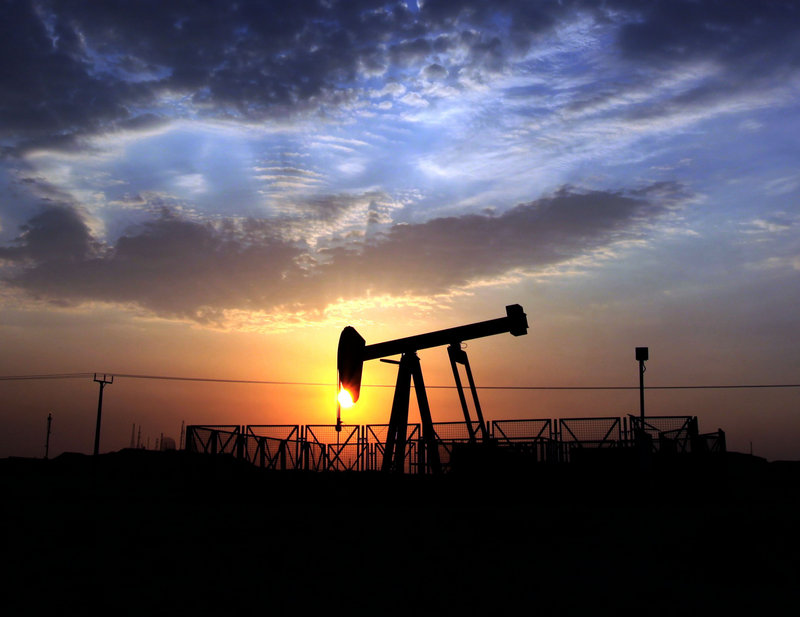NEW YORK – New troves of oil have been found all over the globe, and oil companies are taking in around $100 for every barrel they produce. But these seemingly prosperous conditions aren’t doing much for Big Oil: Profit and production at the world’s largest oil companies are slumping badly.
Exxon Mobil, Shell and BP all posted disappointing earnings this week. Chevron is expected to post a profit decline Friday. All of them face the same problem: The cost to get newfound oil from remote locations and tightly packed rock is high and rising. And it takes years and billions of dollars to get big new production projects up and running.
The higher extraction costs could translate to higher oil and gasoline prices for consumers.
Strong production growth at an oil company can offset higher operating costs, “but when production is flat or declining it’s a big hit,” says Brian Youngberg, an analyst at Edward Jones. “Even though oil prices are $100 (a barrel) or higher, the returns on investment aren’t what they used to be.”
The new oil being found and produced is in ultra-deep ocean waters, in sands that must be heated to release the hydrocarbons, or trapped in shale or other tight rock that requires constant drilling to keep production steady.
That makes this new oil far more expensive to get out of the ground than what’s known as conventional oil — large pools of oil and gas in relatively easy-to-drill locations. Those reserves have always been hard to find, but now they are all but gone outside of the Middle East.
David Vaucher, who tracks oil production operating costs at IHS CERA, says oilfield operation costs are now at a record high. “The fields are more remote and the resource conditions are more extreme,” he says.
New oil projects in the U.S. and Canada, where production is growing faster than anywhere in the world, require high oil prices to be profitable, Vaucher says.
In order to make an industry average return, a new production project in the Canadian oil sands requires a price of $81 per barrel. For an onshore U.S. field, it’s $70 per barrel, but it ranges from $45 to $95 per barrel, depending on the rate of oil flow. In the Gulf of Mexico, it’s $63. In the Middle East, just $23 per barrel.
Royal Dutch Shell announced Thursday that oil production fell 1.3 percent from a year earlier and profit fell 57 percent, largely because of a write-down of the value of the leases on U.S. land that the company thought held large amounts of oil or other liquid hydrocarbons.
Shell CEO Peter Vosser said that while U.S. shale oil production was proceeding well in general, the company plans to sell stakes in four or five of the nine regions where it has holdings because it hasn’t been able to get as much oil to flow as it thought it could.
Exxon Mobil, the world’s biggest investor-owned company, said Thursday that profits tumbled 57 percent, to their lowest level in more than three years. Poor performance from the company’s refining operations was largely to blame, but oil production fell 1.9 percent, the ninth straight quarter that production has declined compared with the year earlier.
The last time Exxon’s earnings fell below $7 billion in a quarter, oil prices averaged $79 per barrel. In this most recent quarter, they averaged $94.
BP reported a production decline of 1.5 percent on Tuesday and said production in the third quarter would also go down and costs would climb. Chevron, which reports results Friday, is expected to post a 17 percent drop in earnings per share, according to analysts polled by FactSet.
Send questions/comments to the editors.



Success. Please wait for the page to reload. If the page does not reload within 5 seconds, please refresh the page.
Enter your email and password to access comments.
Hi, to comment on stories you must . This profile is in addition to your subscription and website login.
Already have a commenting profile? .
Invalid username/password.
Please check your email to confirm and complete your registration.
Only subscribers are eligible to post comments. Please subscribe or login first for digital access. Here’s why.
Use the form below to reset your password. When you've submitted your account email, we will send an email with a reset code.